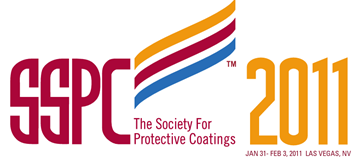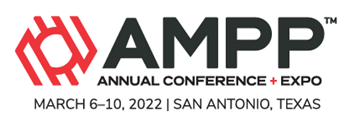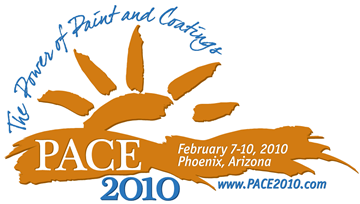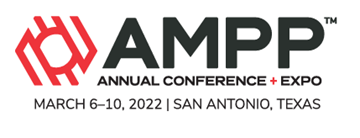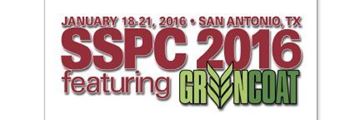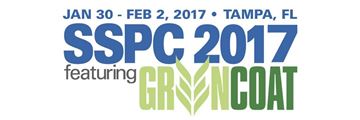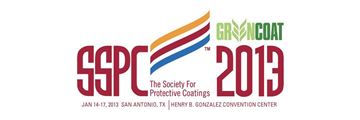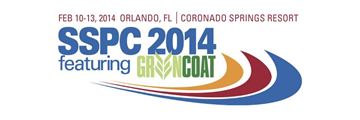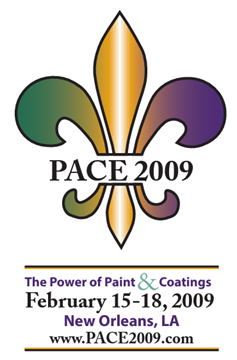Search
Products tagged with 'surface preparation'
View as
Sort by
Display
per page
Installation of a Primary Containment System in Existing Underground Concrete Storage Tanks
Product Number:
41211-630-SG
Publication Date:
2011
$20.00
Investigating Specimen Preparation and Cleaning Variables Influencing the NACE TM0208-2018 Jar Test Performance
Product Number:
51322-17985-SG
Publication Date:
2022
$20.00
Jateamento Abrasivo Brush-off
Product Number:
SSPC-SP 7-2007-NACE No. 4-2007-Portuguese
Publication Date:
2007
$179.00
Laboratory Testing of Candidate Coating Systems for Protecting A 490 Bolts in One World Trade Center Construction
Product Number:
41210-529-SG
Publication Date:
2010
$20.00
Laser Cleaning For Surface Preparation For Pre-Weld And Pre-Bonding Applications
Product Number:
51322-18182-SG
Publication Date:
2022
$20.00
Leak Mitigation of Dynamic Cracks in Concrete
Product Number:
41216-982-SG
Publication Date:
2016
$20.00
Lessons Learned for Painting Over Hot-Dip Galvanizing
Product Number:
51217-048-SG
Publication Date:
2017
$20.00
Lessons Learned from Dehumidification Specifications, Good and Bad
Product Number:
51219-215-SG
Publication Date:
2019
$20.00
Lessons Learned in Coating Water and Wastewater Treatment Structures
Product Number:
41213-772-SG
Publication Date:
2013
$20.00
Limpeza por Jateamento Abrasivo Úmido de Metal Quase-branco
Product Number:
SSPC-SP 10 (WAB)-2015-NACE WAB-2-2015-Portuguese
Publication Date:
2015
$179.00
Lowering the Total Cost of Surface Preparation
Product Number:
41214-821-SG
Publication Date:
2014
$20.00
Major keys to Cost Effective Surface Preparation for Superior Coating Performance Corrosion Protection and Long Service Life
Product Number:
41209-505-SG
Publication Date:
2009
$20.00

